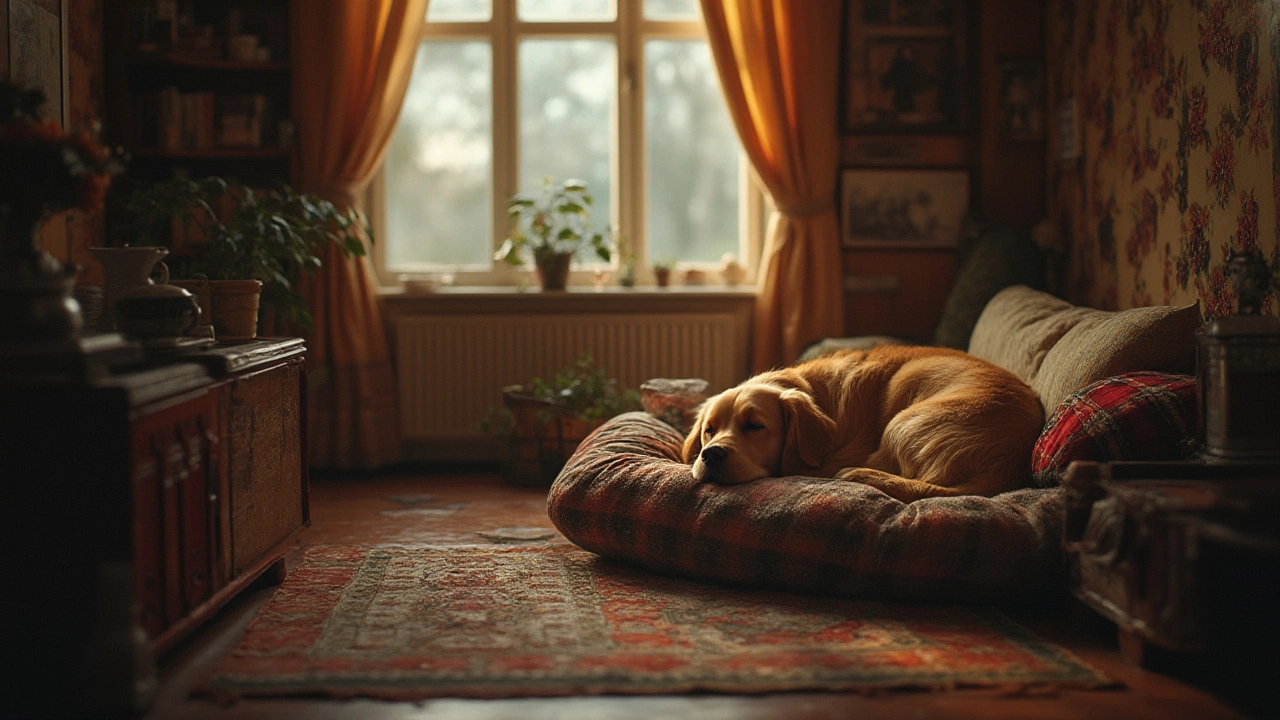Pet Sleeping Tips: Simple Tricks for Better Rest
Getting your furry friend to sleep soundly can feel like a puzzle, but it doesn’t have to be. Whether you have a restless puppy, a snoozing cat, or a dog that barks at the moon, a few easy changes can turn bedtime into a calm, happy routine.
Set a Consistent Routine
Pets love predictability. Feed your dog or cat at the same times each day, and schedule a short walk or play session right before bedtime. A quick walk helps a dog burn off extra energy, while a gentle cuddle session helps a cat wind down. After the activity, dim the lights and speak in a calm voice for a few minutes – this signals that sleep time is coming.
Choose the Right Sleep Spot
Comfort matters. A proper dog bed should be firm enough to support joints but soft enough for a cozy feel. For puppies, a crate with a blanket inside creates a den‑like environment they naturally seek. Cats prefer high, warm spots; a soft blanket on a bookshelf or a window perch works great. Keep the sleeping area away from noisy appliances and direct drafts.
If your pet likes to move around a lot, consider a low‑profile bed with raised edges. This gives them a sense of security without trapping them. For dogs that whine at night, a white‑noise machine or a fan can drown out outside sounds and calm nerves.
Handle Nighttime Interruptions
Sometimes pets wake up because they need to go to the bathroom. For puppies, limit water intake a couple of hours before bed and take them out right before sleep. Older dogs may need a short midnight potty break – keep a leash handy and keep the walk brief.
Cats often hunt imaginary prey in the dark. A quick laser or feather toy session earlier in the evening can satisfy that instinct, reducing late‑night pouncing. If your cat still prowls, a short play before you turn off the lights helps release that energy.
Gentle Touch and Calm Signals
Many dogs love a light back rub while they drift off, but avoid heavy petting that can wake them up. For cats, a soft chin scratch can be soothing. If you’re unsure whether your pet enjoys being touched while asleep, watch their body language – a relaxed posture means they’re happy, a twitchy tail means they’re anxious.
When your puppy sleeps in your bedroom, keep the crate door slightly open at first. This lets them hear you while still feeling safe. As they get older, you can close the door fully if they seem comfortable.
Keep the Environment Safe
Remove chewable cords, small objects, or anything that could cause a night‑time injury. For dogs that chew, a chew‑proof toy in the bed can distract them from nibbling on pillows. For cats, keep night‑time decorations out of reach.
Finally, be patient. Changing sleep habits takes a week or two. Stick to the routine, keep the sleeping area cozy, and celebrate small wins – like a puppy settling down after the first night in the crate. With consistency, your pet will learn that bedtime is a safe, relaxed part of the day.
Posted By Bryndle Redding On 8 Jul 2025 Comments (0)
Should You Leave the Light On or Off for Your Dog at Night?
Unsure if you should turn off the light for your dog at night? Explore how darkness, anxiety, and home safety impact your dog's sleep and well-being.
READ MORE